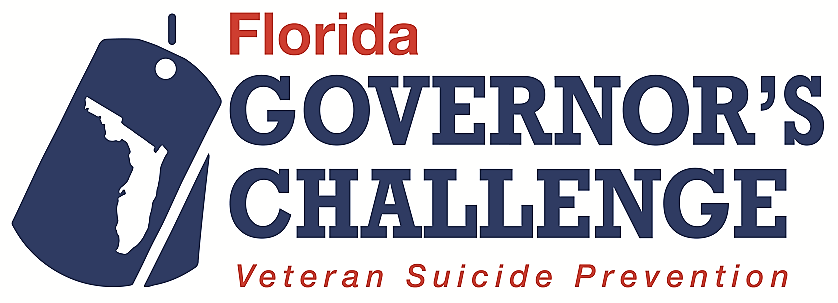He’d suffered from nightmares and had used alcohol to blot out depression. After leaving Iraq as a wounded soldier in 2004, Harrison Manyoma of Humble, Texas, remained haunted by his experiences, which had culminated in a roadside car bomb explosion.
And then, last year, through another veterans’ program, he learned of Heroes to Heroes. The Ft. Lee, N.J.-based organization takes groups of wounded US war veterans, especially those diagnosed with Post Traumatic Stress Disorder, on a trip to Israel.
For Mr. Manyoma, that journey proved transformative. Over the course of the 10-day trip, taken late last summer, he connected with Israeli war vets and visited the nation’s monuments to history and religion.
“I got to see the place where Jesus was born,” he recalls.
For him, the experiences produced an emotional bridge to healing.
“This trip was a miracle,” says Manyoma, who’d been awarded the Purple Heart. Since returning from Israel, his nightmares have disappeared. “And I’ve gotten a sense of peace that I’d thought I’d never find again.”
Evidently, other ex-GIs have also found an emotional lifeline through Heroes to Heroes. Founded some three years ago by New Jersey resident Judy Schaffer – who had been seeking ways to help wounded vets – that program takes groups of traumatized US veterans on a journey meant to restore their sense of humanity and civility.
Why Israel? Many American soldiers, returning home from Iraq and Afghanistan shaken and numbed by bloody conflict, have found their communities – and sometimes their families – can’t relate to their condition, Ms. Schaffer says. But in Israel, she explains, much of the population has been more closely involved with war.
“These people can provide the emotional and spiritual support needed to help traumatized vets,” she says.
Veterans are recommended for the Heroes to Heroes program by their therapists and veterans’ organizations. They travel as a group – usually about 10 people at a time – to Israel. They’re accompanied by Schaeffer and volunteer coaches, who are military veterans.
Most of the participants’ expenses are covered by Heroes to Heroes. The nonprofit group is funded by private donations.
During their stay in Israel, the ex-GIs visit major religious and historical sites such as Jerusalem’s Western Wall, the Church of the Holy Sepulchre, the cities of Nazareth and Bethlehem, and the Golan Heights. Those who wish to can even be baptized in the Jordan River.
Throughout the trip, the American vets – so far, none of whom has been Jewish – travel with several current and former Israeli soldiers, building bonds as they share experiences.
On the 2012 trip the group participated in a 30-minute visit with Israel’s Prime Minister Benjamin Netanyahu. During that session, the Israeli leader “spoke to each vet individually, and he encouraged them to ask questions,” Schaffer recalls.
For the ex-GIs, it was “a moment of awe,” she says, and a high-level “validation” of their contributions to their country.
After returning from Israel, participants remain in Heroes to Heroes for at least a year. During that time, they stay in touch, checking up on each other through quarterly phone, Skype, or in-person get-togethers. They also regularly e-mail, both each other and the Israelis they met on their trip.
So far, Heroes to Heroes has organized two trips that have brought 20 former GIs to Israel. If donations permit it, Schaffer hopes to step up these annual journeys.
To her, the program has already produced compelling results. She’s seen “people who finally smile for the first time in ages,” she says. And in the welcoming environment of Heroes to Heroes, some participants have quickly emerged from their emotional shell.
For instance, one veteran from Virginia “had been in such bad shape when he started out on the trip that he couldn’t interact well with the group and barely spoke to me,” Schaffer says. But on his fifth day in Israel, he had breakthrough. “This 6 ft. 5 in. man walked up to me and started teasing,” she says.
From there, he began chatting with other vets and sharing his story. Among his next steps: The newly jocular ex-GI went with some of the others to get his first tattoo.


